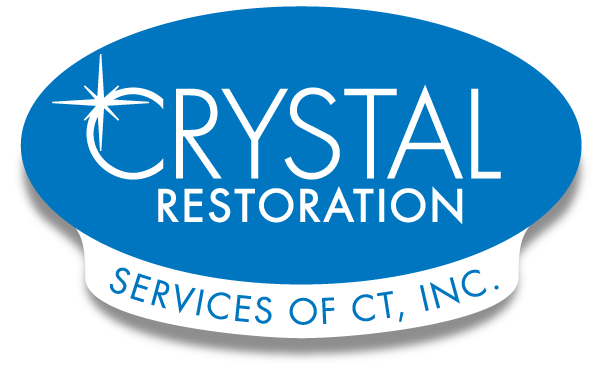Odor

Odor Removal
One of the most unpleasant after-effects of smoke or fire damage is the offensive odor that can linger long after the original emergency event. Odor removal is an important part of Crystal Restoration Services’ treatment package and is performed by technicians thoroughly trained in the latest state-of-the-art techniques.
The goal of any odor removal operation is not simply to “mask” the odor but to effectively neutralize it at its source. Crystal Restoration Services uses a combination of methods to ensure that odors are completely eliminated in the damaged site.
Wet-Fogging Method
These methods are particularly effective when smoke smell is light and/or the service is performed immediately after the fire is extinguished. We use an atomized deodorant which easily reaches into even the smallest openings where odors are trapped. Because a damaging residue may result with improper application, professional services are critical for this type of method.
Dry-Fogging Method
Because there is no damaging residue and the deodorizer circulates more freely than with wet-fogging methods, the dry-fogging method is preferred in most situations that can be effectively treated by fogging.
Crystals
Odor-absorbing crystals are placed in air handling systems or dead air spaces once cleaning has been completed. Lingering odors are masked with a pleasant aroma.
Ozone Restoration
The most powerful and permanent deodorizing method available today, Crystal Restoration uses this procedure to also reduce mold, mildew and related odors. In addition, we offer special ozone chambers to neutralize odors trapped in furniture, clothing, draperies, documents, etc.
Air Scrubbing Methods
Placing state-of-the-art “air scrubbing” equipment in a damaged environment can assist in both the removal of odors and in preventing the spread of odors to uncontaminated areas. Portable air scrubbers carry air filtration to an even higher level than negative air machines, by utilizing more powerful blowers that pull high volumes of air through four stages of filtration (two particulate filters, a carbon absorption filter, and a HEPA filter). They can be operated using three different methods: recirculation, negative pressure, and air cleaning in remote areas.
Emergency Remediation of Residential & Commercial Properties, Large and Small.
Water Damage
Without prompt action, structural deterioration, fungus spore growth and permeating odors can increase geometrically.
Fire Damage Restoration
Even if the fire damage is minimal, soot and odor can still spread to other areas of the property if not attended to quickly.
We Are Here 24/7
Without prompt action, structural deterioration, fungus spore growth and permeating odors can increase geometrically.







